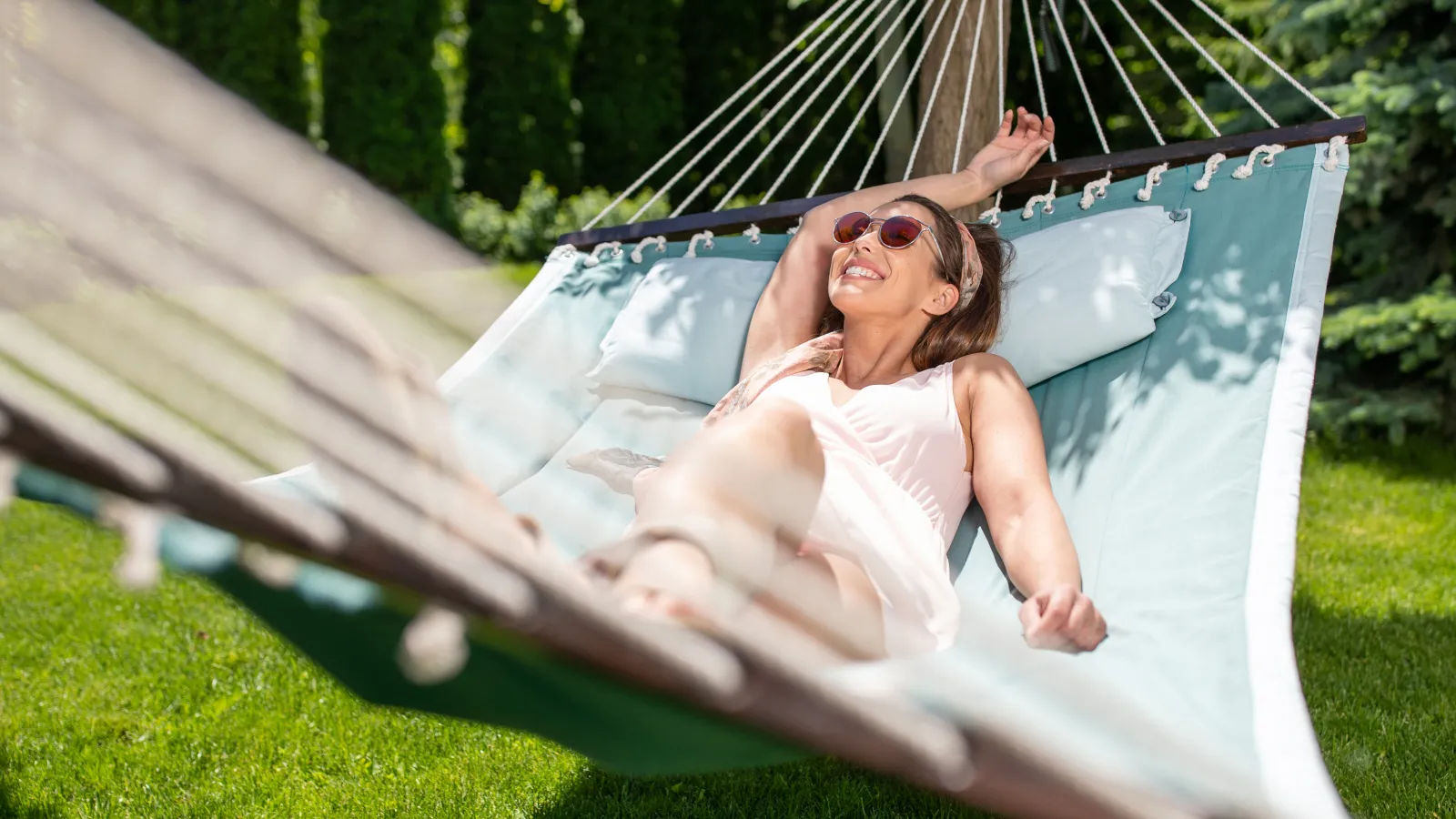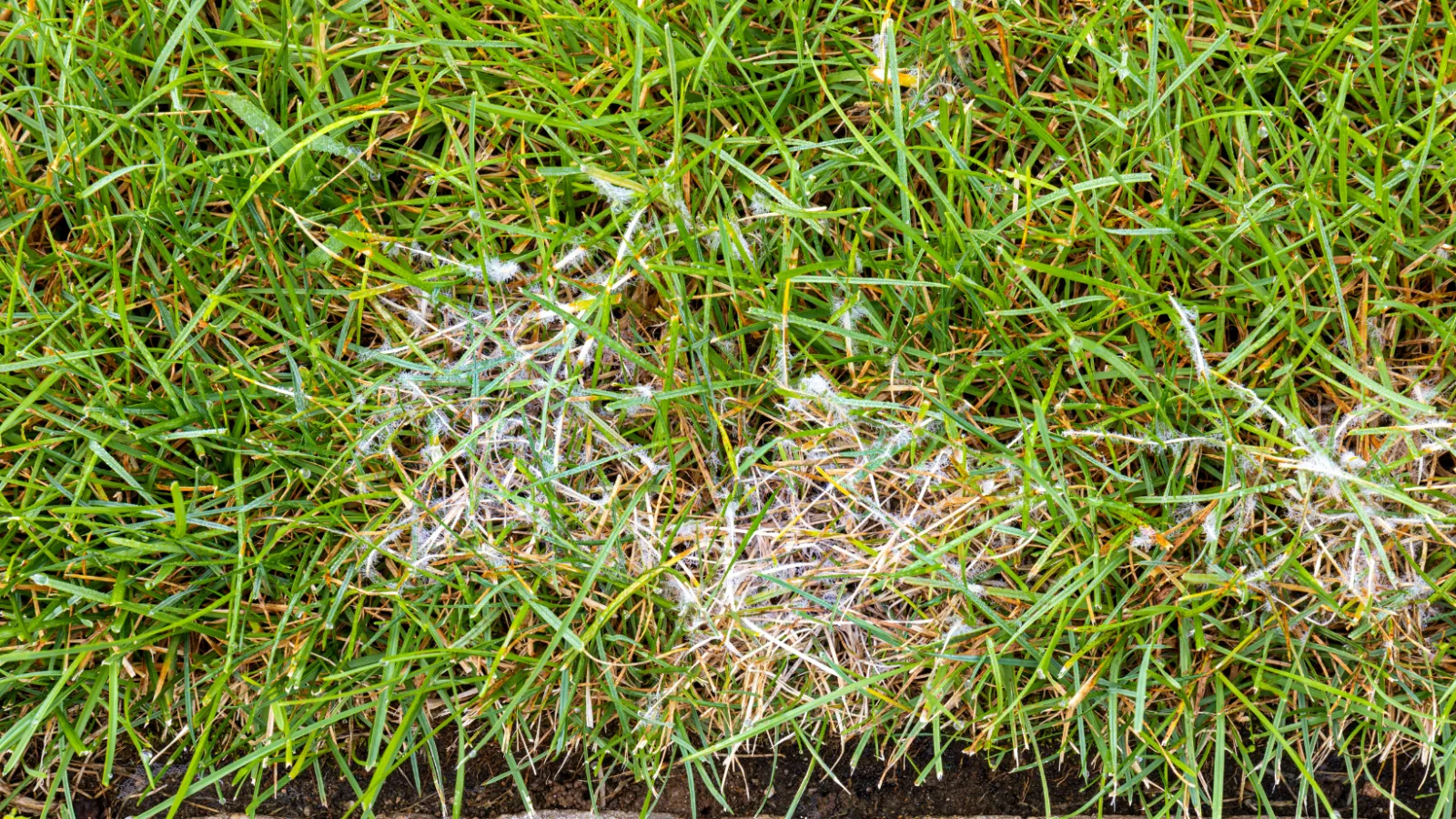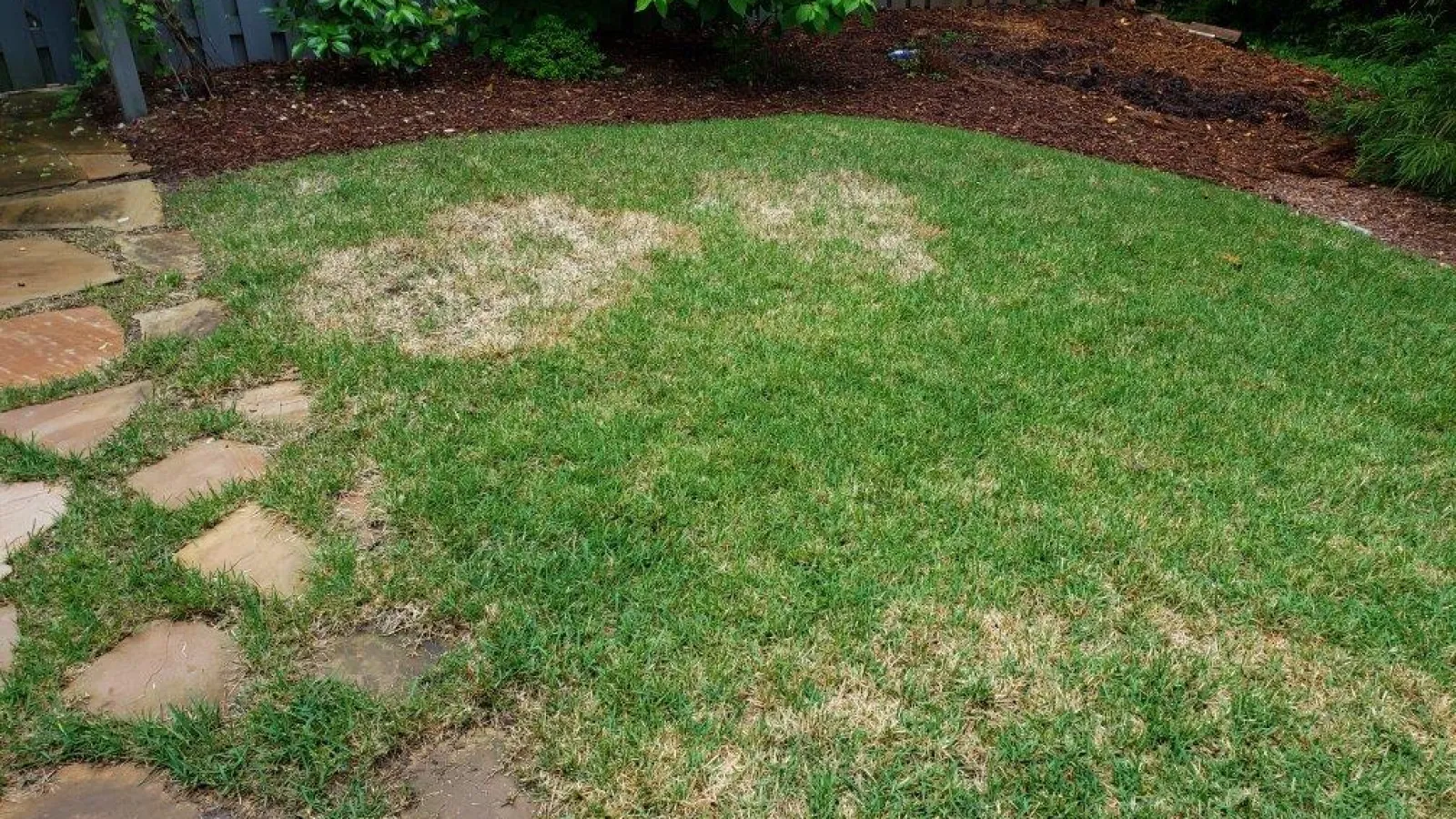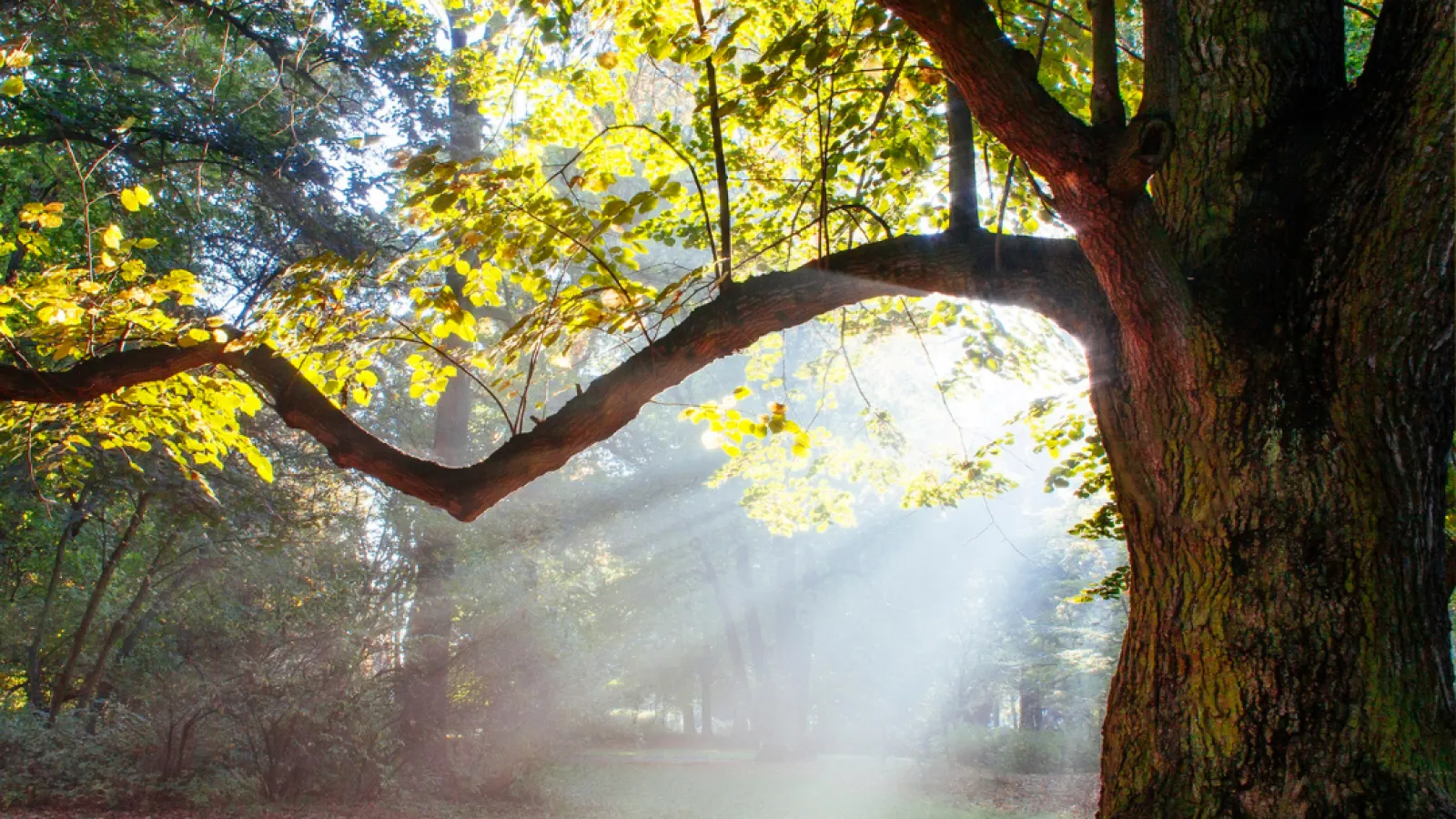
Zoysia Patch Fungus
Unsightly Brown Patches In Your Lawn May Be Zoysia Patch
Do you have brown patches in your Zoysia lawn? This may be Zoysia Patch which is caused by the fungi Rhizoctonia solani which survives in the thatch of a lawn. R. solani is a strain of the same fungi that causes Brown Patch in Fescue and Large Patch in Bermuda grass.
How It Starts
Zoysia Patch begins to develop when soil temperatures decline to 70°F in the fall, but the symptoms do not always appear at this time. The symptoms are most evident during periods of cool, wet weather. In many cases, symptoms may not become evident until early spring when the warm season grasses are greening up.
Zoysia Patch fungus attacks the leaf sheaths. Symptoms of the disease include circular, semi-circular or arcs (patches) in the grass. Affected areas may range from 6 inches to 20 feet in diameter. The turf in the affected areas will thin and the grass leaves will appear bleached or yellow and have an orange or bronze colored perimeter.
Conditions For Zoysia Patch Fungus
- Excessive nitrogen in the soil (managed with Turf Masters Lawn Care Program)
- Thick thatch
- Over-irrigation and excessive soil moisture
- Poor drainage
- Excessive shade
- Low mowing heights
Few effective fungicides are available over the counter for the homeowner to use. However, effective fungicides are available to the professional turfgrass management community for Zoysia Patch control. Although fungal spores of Zoysia Patch fungus cannot be fully eliminated, establishment of a disease-resistant lawn is the most effective means for management.
Tips For Prevention
- Maintain adequate nitrogen levels and avoid excessive nitrogen in early spring and fall (managed with Turf Masters Lawn Care Program)
- When watering is needed, water enough to wet the soil and then infrequently as possible without causing drought stress
- Avoid frequent, light watering to reduce humidity
- Increase air circulation—shrub and tree barriers contribute to shade and lack of air circulation
- Reduce thatch (no more than 1 inch thick)
- When the disease is active, do not de-thatch because this can spread the fungus
Contact Turf Masters Lawn Care if you have brown patches in your Zoysia lawn and think you may have Zoysia Patch fungus.


